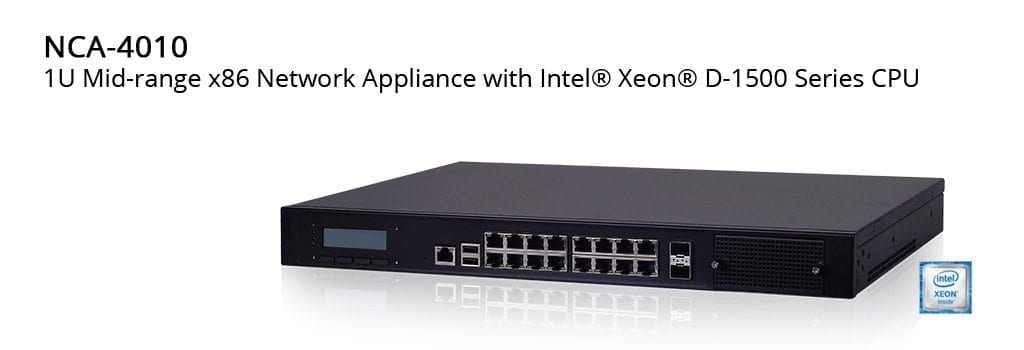Over the past few years, edge computing and machine learning have been two of the leading technologies that have picked up large amounts of both interest and investment. In the age of the Internet of Things (IoT), the number of edge devices and machine learning platforms has massively expanded across industries, seeing more and more applications for these two technologies developed and tested.
5 Machine Learning at The Edge Use Cases
Edge computing is the method of moving data, applications, and services out of the cloud and to edge of the network. This enables data processing and analytics as well as knowledge generation to occur at the source of the data.
Whereas, Machine learning is a branch of artificial intelligence (AI) that focuses on enabling machines to learn for themselves without the need for human intervention or to be explicitly programmed to do so. The ability for machines to improve themselves through experience is seen as an essential element of any artificial intelligence, however, AI systems usually are running in remote cloud data center on powerful servers. In certain applications, however, it makes more sense to apply machine learning at the network’s edge, or on the devices generating the source data. In this article, we’ll look at five use cases for machine learning at the edge, so let’s jump straight in.
1. Network Intrusion Detection
Thanks to a huge jump in the number of potential vulnerabilities or attack vectors within a network, cyber security is clearly becoming a much bigger priority for a large number of organizations. Deploying machine learning techniques at the edge of a network can demonstrate how network security software and devices can be continuously improved. By simulating different types of cyber-attacks, machine learning techniques can be used to identify threats with continuous improvement thanks to their ability to use analytics and inference at the source of the data. In critical instances, the time saved by cutting out cloud servers could be invaluable.

Lanner’s NCA-4010 – High Performance Xeon Powered Appliance for Edge to Cloud Communication.
2. Environmental Management
One of the ways in which machine learning is being used at the edge is for the management of environmental and wildlife areas. Forest management, for example, has seen the application of machine learning for use in predicting and optimizing the choice of tree species for reforestation purposes, typically from cartographic data. It is then inferred what type of species would be optimal based on variables such as altitude, exposure, soil type, and moisture, with learned systems producing highly accurate results. Laptops and other edge devices at the site being managed would hopefully eventually be capable of autonomous reforestation efforts.
3. IoT Device Activity Detection
With the rapid expansion of the Internet of Things and connected devices has come increasing interest in health and fitness apps and wearables. These apps usually collect data from the gyroscopes and accelerometers located in many modern smartphones. However, with the increasing amount of personal data collected and transmitted by these applications come increasing concerns for personal privacy and secure data transfers. Machine learning on edge devices such as smartphones allows for learning secure models directly on the devices themselves, removing the need to send data to the cloud or externalize it in anyway. As IoT devices become more numerous, privacy concerns such as these will be an increased focus of edge machine learning.
4. Product Rating Predication
Machine learning in e-commerce has been applied to areas such as customer sentiment evaluation with machine learning techniques being used to predict product ratings based on the written reviews left by customers. The text data collected from these reviews is then analyzed as a sequence of words before edge machine learning pinpoints relevant word sequences and will eventually learn a predicative model. Providing insights like these, edge machine learning would be an invaluable tool for any e-commerce outlet looking to capitalize on a vocal customer base in order to predict product ratings.
5. Remote Monitoring

Latency can be much more of a life or death issue for one industry than others. For example, at oil wells or gas plants, edge machine learning is being applied for remote monitoring and predictive maintenance, among other things. In the case of remote monitoring, sending data to the cloud for analysis and processing has an overall slowing effect on how long it would take for equipment and machine operators to be notified of any anomalies or hazardous situations. In these types of environments, safety is paramount and thus reducing this time by utilizing edge machine learning is an approach likely to be increasingly adopted as time goes on.
While the majority of artificial intelligence and machine learning technologies are still housed in large and powerful cloud servers, this period in time could soon be coming to an end. Edge machine learning promises to equip devices on the network edge with the ability to utilize learning models and perform data processing and analytics from the same location in which they are collecting their data. With 2018 looking to be the year in which artificial intelligence becomes a workplace norm, this could also bring huge leaps in machine learning at the edge when coupled with the continued expansion of the Internet of Things and the realization of smart homes, offices, factories, and cities.







